28. July, 2025delish0
As a key back-end equipment in papermaking, film, non-woven fabrics and other industries, the innovative application of green manufacturing is becoming an important direction for industry transformation and upgrading. Future trends will revolve around energy conservation and consumption reduction, material optimization, intelligence and circular economy, which are manifested in the following technical paths and application scenarios:
1. Energy efficiency revolution
• Direct drive motor technology: Permanent magnet synchronous motor (PMSM) is used to replace the traditional transmission system, reducing energy consumption by 20%-30%, and recovering deceleration energy in combination with regenerative braking technology.
• Dynamic tension control: AI algorithm adjusts unwinding/unwinding tension in real time to reduce material waste caused by tension fluctuations (e.g., 3%-5% edge material loss can be reduced in film slitting).
• Heat recovery system: In the slitting of coating materials, a waste heat recovery device is integrated to convert the frictional heat of the rollers into auxiliary energy for the drying process.

2. Material and process innovation
• Solvent-free slitting technology: Replace traditional machine blades with laser micro-cutting or cold knife slitting to avoid lubricant contamination (especially for medical-grade nonwoven production).
• Degradable composite tools: Developed carbon fiber-reinforced ceramic tools to extend their lifespan by 50% and achieve natural degradation after scrapping.
• Lightweight design: Topology-optimized structure is used to reduce the weight of equipment (e.g., aluminum alloy frame weight reduction by 30%), reducing transportation and installation carbon emissions.
3. Digital twin and intelligent O&M
• Virtual debugging system: Simulate the slitting parameters of different materials (such as lithium battery separator vs kraft paper) through digital twins, reducing the number of physical tests and saving more than 15% of raw materials.
• Predictive maintenance: Vibration sensors + edge computing monitor bearing status in real time, warn of faults in advance, and reduce energy and air consumption caused by unplanned downtime.
• Adaptive slitting system: Machine vision-based defect detection (such as thin film crystal point recognition) is linked to slitting path planning, improving the yield rate to 99.7%.
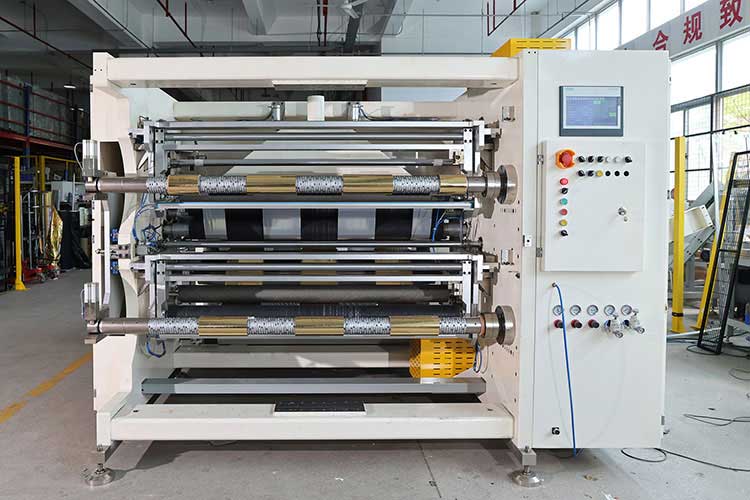
4. Circular economy integration
• Online waste recycling: instant crushing-melting-re-granulation system (suitable for PP/PE film) for slitting edge materials to achieve closed-loop recycling at the production line level.
• Modular design: The quick-release module supports device function switching (e.g., from paper slitting to photovoltaic backplane slitting) to extend the life cycle of the equipment.
• Carbon footprint traceability: Embedded blockchain chips to record the production energy consumption data of each equipment to provide green certification for downstream customers.
5. Application scenarios in emerging markets
• New energy material processing:
◦ Lithium battery pole piece slitting: Dry slitting technology avoids the use of NMP solvents and achieves zero pollution with dust removal system.
◦ Hydrogen fuel cell proton membrane: ultra-clean slitting environment control (ISO Class 4 cleanroom standard).
• Bio-based material adaptation: Optimize slitting temperature/speed parameters for degradable materials such as PLA and PHBV to avoid thermal damage.
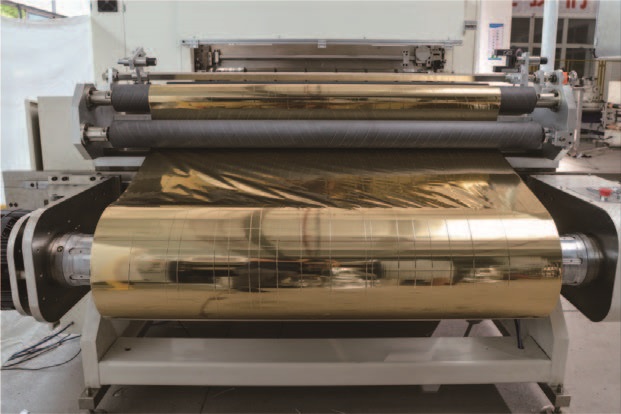
Technical economic analysis
Take a certain type of intelligent slitting rewinding machine as an example:
| index | Traditional equipment | Green upgrade | Enhance the effect |
| Energy consumption (kWh/ton) | 85 | 62 | 27%↓ |
| Scrap rate | 2.1% | 1.3% | 38%↓ |
| Maintenance costs | $12k/year | $7k/year | 42%↓ |
The payback period is about 2.3 years (calculated based on the annual output of 50,000 tons of film).
Policy drivers
• The EU Industry 5.0 framework requires slitting equipment to meet TIER IV energy efficiency standards by 2027
• China's 14th Five-Year Plan for Intelligent Manufacturing provides a 6%-8% VAT credit for equipment with carbon traceability capabilities
• North American EPA mandates VOCs emission limits during the slitting process <lt; 50ppm
Challenges and breakthroughs
• Technical bottleneck: ultra-thin materials (< 8μm) slitting requires the development of a synergistic solution for ion air knives and material surface modification.
• Cost barriers: The initial investment in green upgrades will increase by 25%-40%, and the adoption threshold for small and medium-sized enterprises needs to be lowered through the equipment leasing + energy-saving sharing model.
• Lack of standards: There is an urgent need for a unified LCA methodology.
In the next five years, the green innovation of slitting and rewinding machines will show the dual characteristics of "hard technology breakthrough + service extension", and promote the transformation of traditional slitting processes from cost center to value center through the combination of equipment intelligence and manufacturing service (MaaS). Companies that take the lead in laying out are expected to gain significant competitive advantages in ESG ratings and carbon tariff systems.



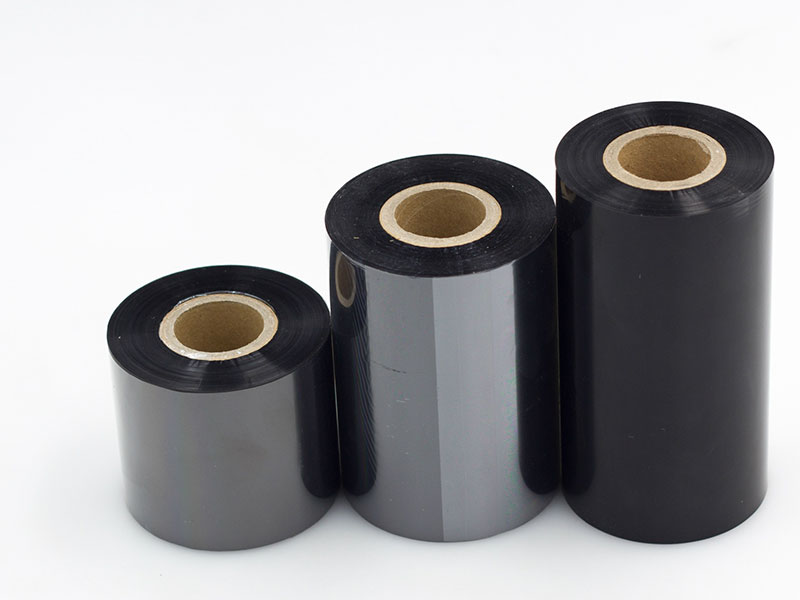

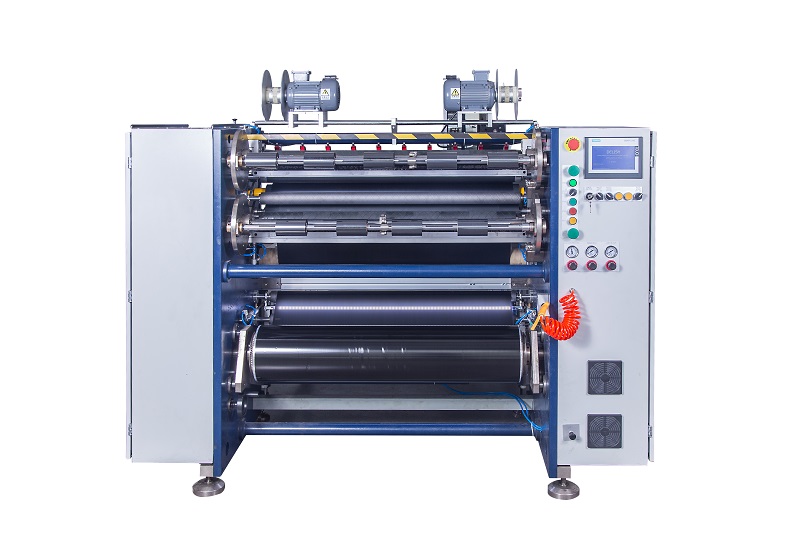
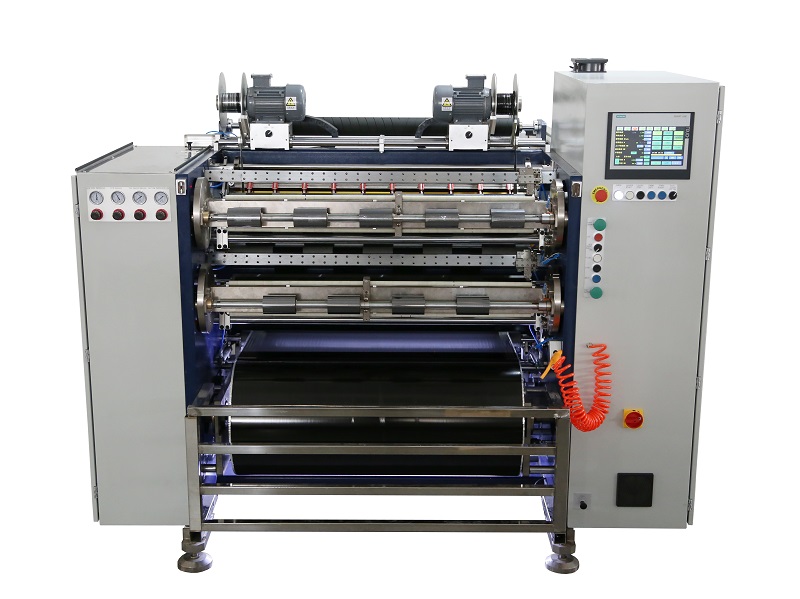 Fully Automatic TTR Slitter RSDS8 Plus
Fully Automatic TTR Slitter RSDS8 Plus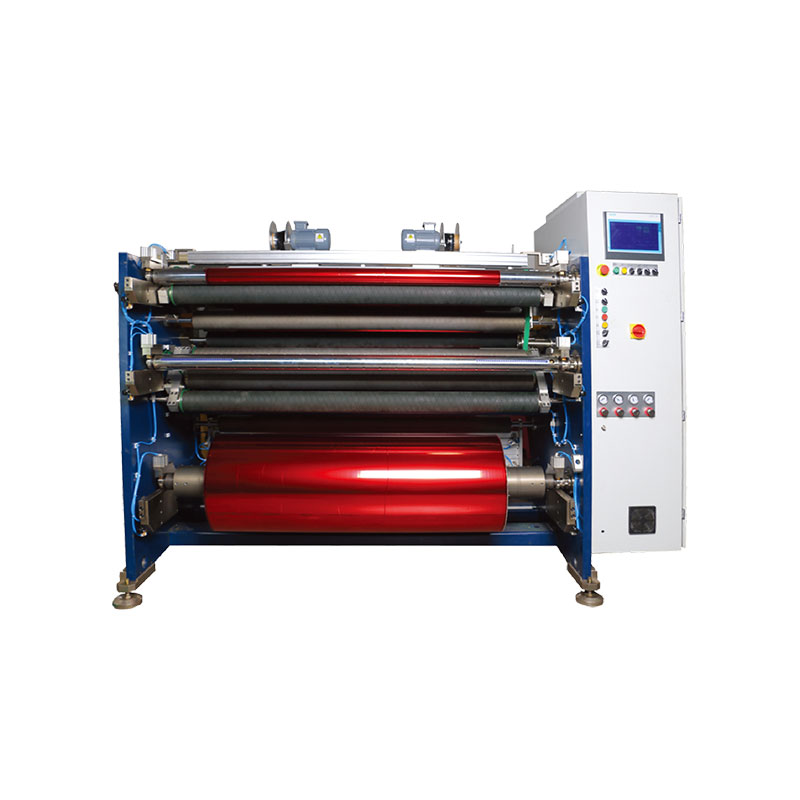 Hot Stamping Foil Slitter 1600mm
Hot Stamping Foil Slitter 1600mm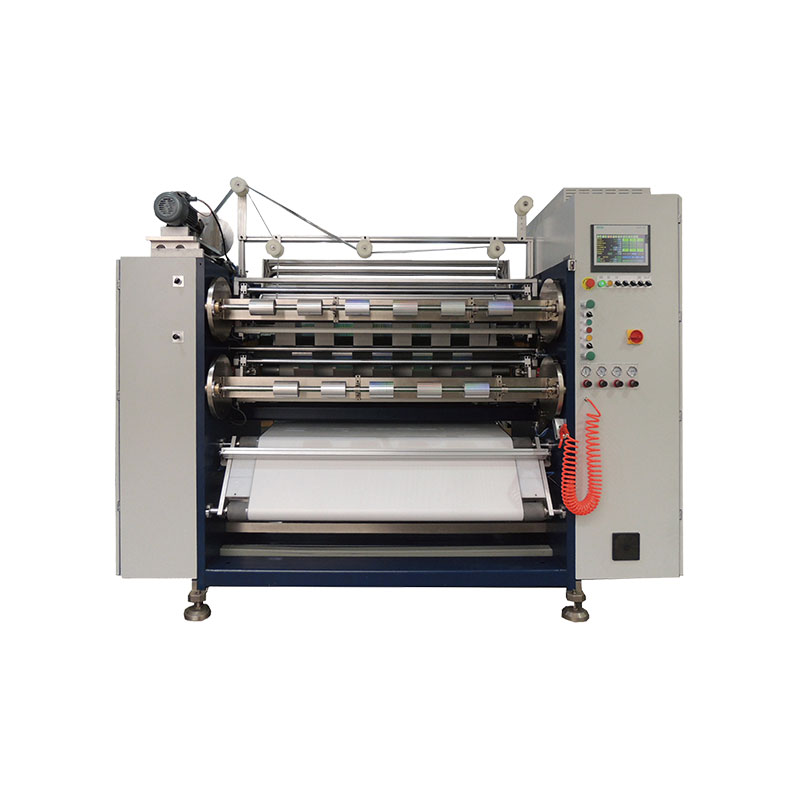 Hot Stamping Foil Slitter (4 Shafts)
Hot Stamping Foil Slitter (4 Shafts)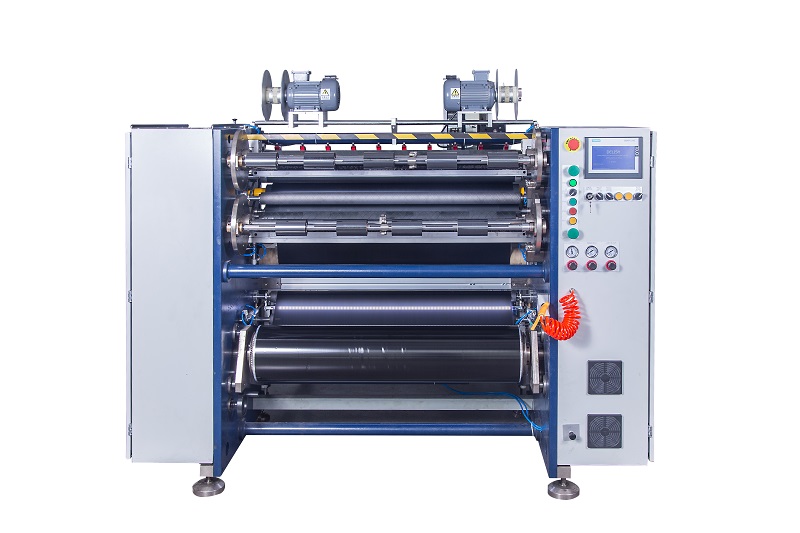 Semi-Auto TTR Slitter RSDS2 Plus
Semi-Auto TTR Slitter RSDS2 Plus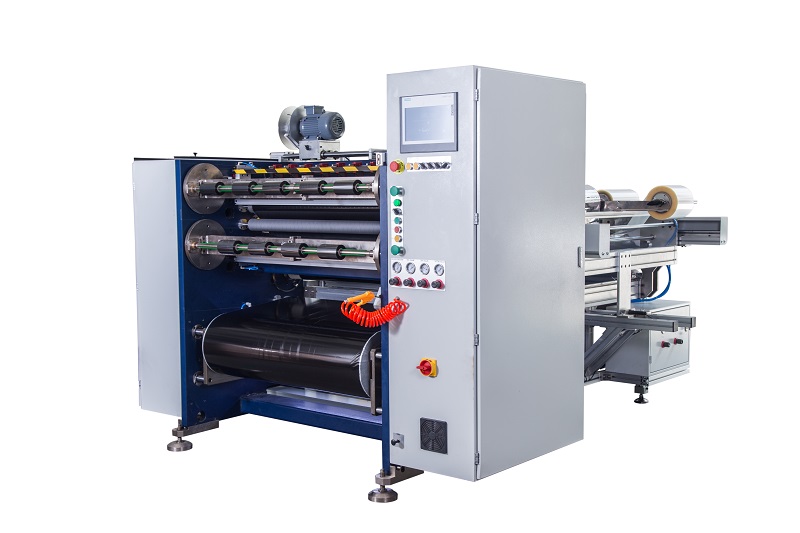 Semi Automatic TTR Slitter RSDS5 Plus
Semi Automatic TTR Slitter RSDS5 Plus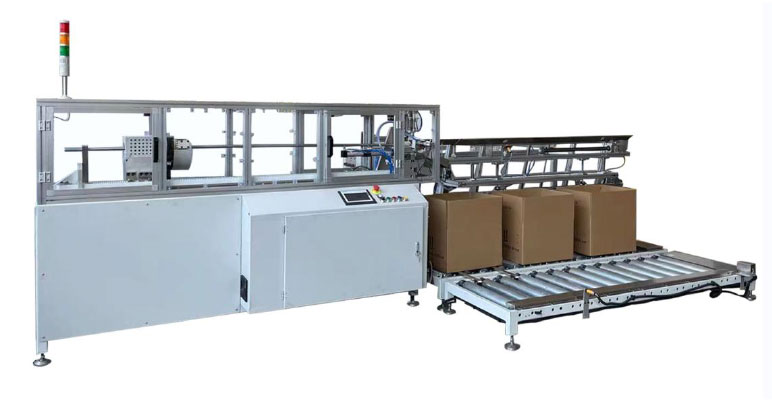 Auto Paper Core Cutter
Auto Paper Core Cutter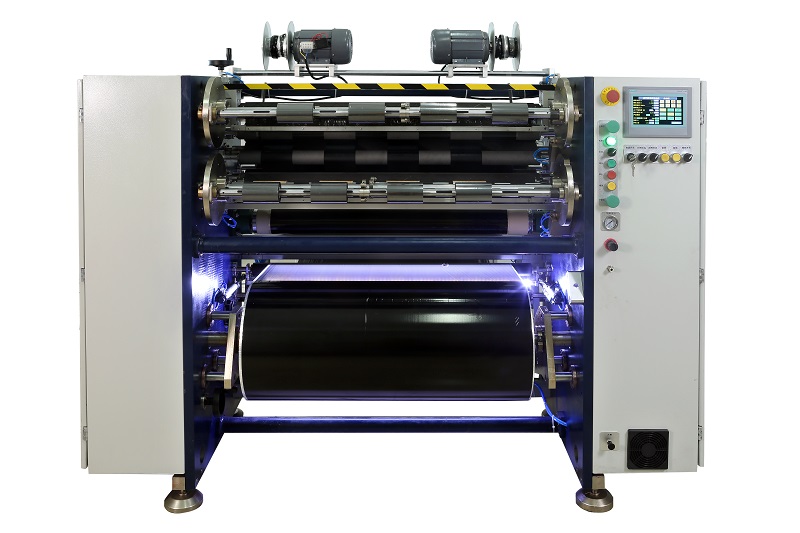 Manual TTR Slitter RSDS2
Manual TTR Slitter RSDS2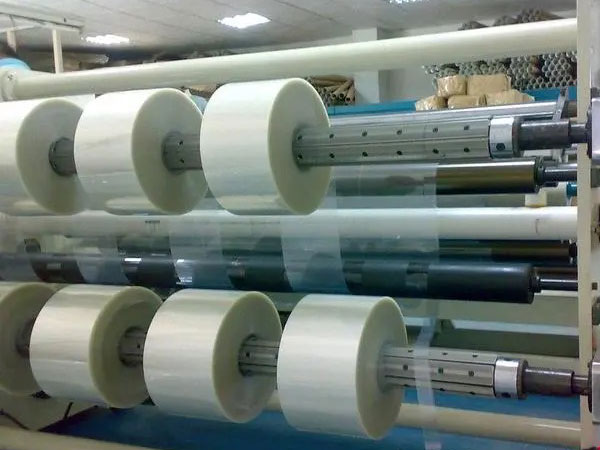 Film Slitting Machine
Film Slitting Machine





